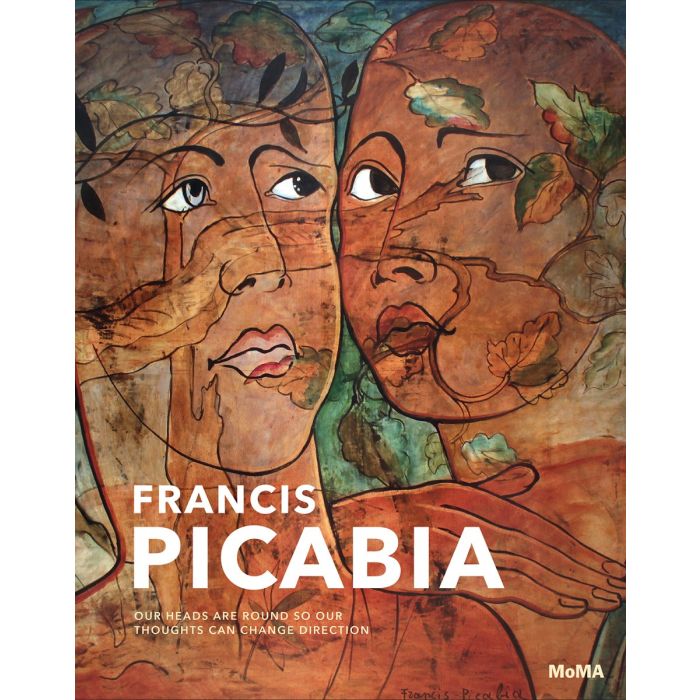My Cart
Your cart is empty
Looks like you haven't made your choice yet.
- Subtotal
Francis Picabia

Our Heads Are Round so Our Thoughts Can Change Direction
- T & H Distributed
- Expo: 6/3/2016 - 25/09/2016, Kunsthaus Zurich | 20/11/16 - 19/3/2017, MOMA, N.Y.
- by Anne Umland
More Information
| Publisher | T & H Distributed |
|---|---|
| ISBN | 9781633450035 |
| Author(s) | Anne Umland |
| Publication date | June 2016 |
| Edition | Hardback |
| Dimensions | 305 x 241 mm |
| Illustrations | 500 col. & bw ill. |
| Pages | 368 |
| Language(s) | Eng. ed. |
| Exhibition | Kunsthaus Zurich | 20/11/16 - 19/3/2017, MOMA, N.Y. |
| Publisher | ISBN 9789462301399 (F) |
Description
Among the great modern artists of the past century, Picabia is one of the most elusive, given his extreme eclecticism and persistent acts of self-contradiction. Though known as a Dadaist, Picabia's ongoing stylistic shifts, from Impressionism to radical abstraction, from mechanical imagery to pseudo-classicism, and from photo-based realism to art informel remain to be assessed in depth. Similarly, the breadth of his practice, which encompassed poetry, film and performance is under-recognized. Each makes him a figure relevant for contemporary artists, while the career as a whole challenges familiar narratives of modernism. Francis Picabia presents over 100 paintings, complemented by works on paper, publications, and film. Featuring some 500 illustrations and 14 essays, it examines the full range of Picabia's oeuvre. Authors including the exhibition curators, Anne Umland and Cathérine Hug, distinguished professors George Baker, Briony Fer, and David Joselit, and renowned Picabia scholars Carole Boulbès and Arnauld Pierre discuss a varied series of topics, including the corporeal character of Picabia's abstractions, his unexpected turn to mechanical painting, his experiments with materials and source imagery, the problems of his politics, and his contemporary legacy. A richly illustrated chronology details the expanded nature of Picabia's visual production - from press polemics to party organizing.
Anne Umland is Curator of Painting and Sculpture at The Museum of Modern Art, New York.
Cathérine Hug is a curator at the Kunsthaus, Zürich.

Francis Picabia
